With over 1 billion monthly active users, TikTok videos are viewed by millions, and viral trends emerge. There’s no denying that the app provides easily-accessible videos that are often catchy and funny.
When parents are aware of the serious risks promoted by the app, we can be prepared to have tough conversations with our kids and set limits.
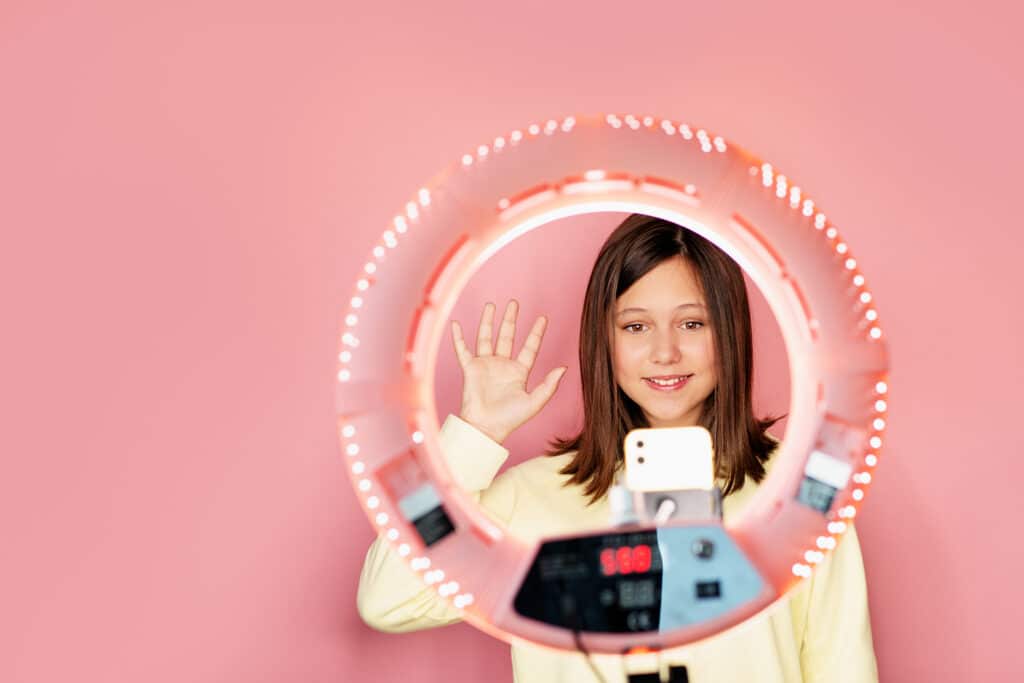
32.5% of TikTok users are between the ages of 10 and 19.
What are TikTok Challenges?
TikTok challenges arise when TikTokers are called upon by other users to create content copying a specific task with its accompanying hashtag. Anyone can start a challenge or a hashtag, but not all will become viral trends. Challenges often become a popular TikTok trend when celebrities with large followings participate. [3]
Some challenges are adorable, such as recreating a baby picture to the tune of “I’m just a kid” by Simple Plan.
Others are hilarious, like “Andy’s Coming!” shouted in a public place while the participants fall to the ground as a nod to the movie “Toy Story” where the toys play dead when their owner Andy is coming.
Some trending TikTok hashtags are so bizarre, it’s hard to believe they’re real. Take the Sleepy Chicken TikTok trend for example. TikTok creators are encouraged to cook chicken marinated in cough syrup. The greenish hue of the chicken does not look appetizing, and the concentrated medicine would definitely be an overdose. There’s little evidence that anyone has actually consumed this chicken, but the TikTok hashtag keeps trending every few months.
Never assume a child will not try a TikTok challenge
All kids are susceptible to engaging in risky behavior. Part of normal development for a young person includes learning to master impulsivity, peer pressure, and a desire to one-up a friend no matter the cost.
New Dangerous TikTok Trends
Here are alarming challenges that kids have actually been participating in and that parents need to be aware of.

The Skullbreaker Challenge
This challenge involves three people standing side by side. The middle person is told they are all taking a jumping photo, while the two others are in on the prank. Just as the middle person jumps in the air, those standing on either side kick the jumper’s legs from under them, causing a backwards fall.

The Nutmeg Challenge
TikTokers are encouraged to consume two tablespoons (about 28 grams) of nutmeg mixed with water to experience a hallucinogenic high similar to LSD.
The Problem:
- Just 5 grams of nutmeg can disrupt normal brain function.
- Toxic effects of nutmeg include hallucinations, nausea, vomiting, restlessness, and tachycardia (elevated heart rate).
- Though rare, nutmeg poisoning has been linked to organ failure and death.
The Blackout Challenge
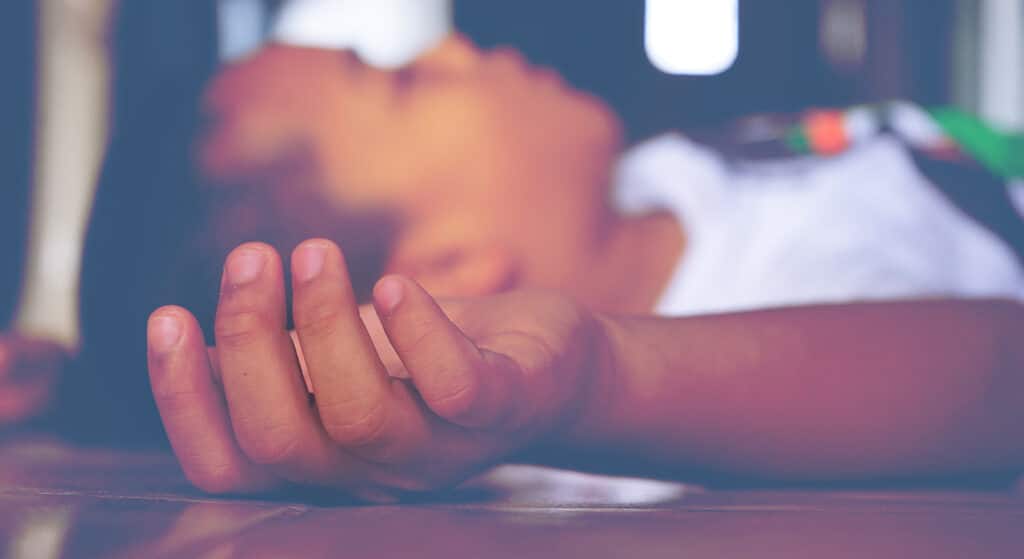
Also referred to as the choking or pass-out challenge, TikTokers are encouraged to choke themselves or hyperventilate until they blackout, then film their adrenaline rush as they regain consciousness.
The Problem:
- This practice deprives the brain of oxygen.
- Three minutes without oxygen can cause serious brain damage.
- Five minutes without oxygen can cause death.
- In the last 18 months this challenge has been linked to at least 15 deaths of kids 12 and younger. [7]
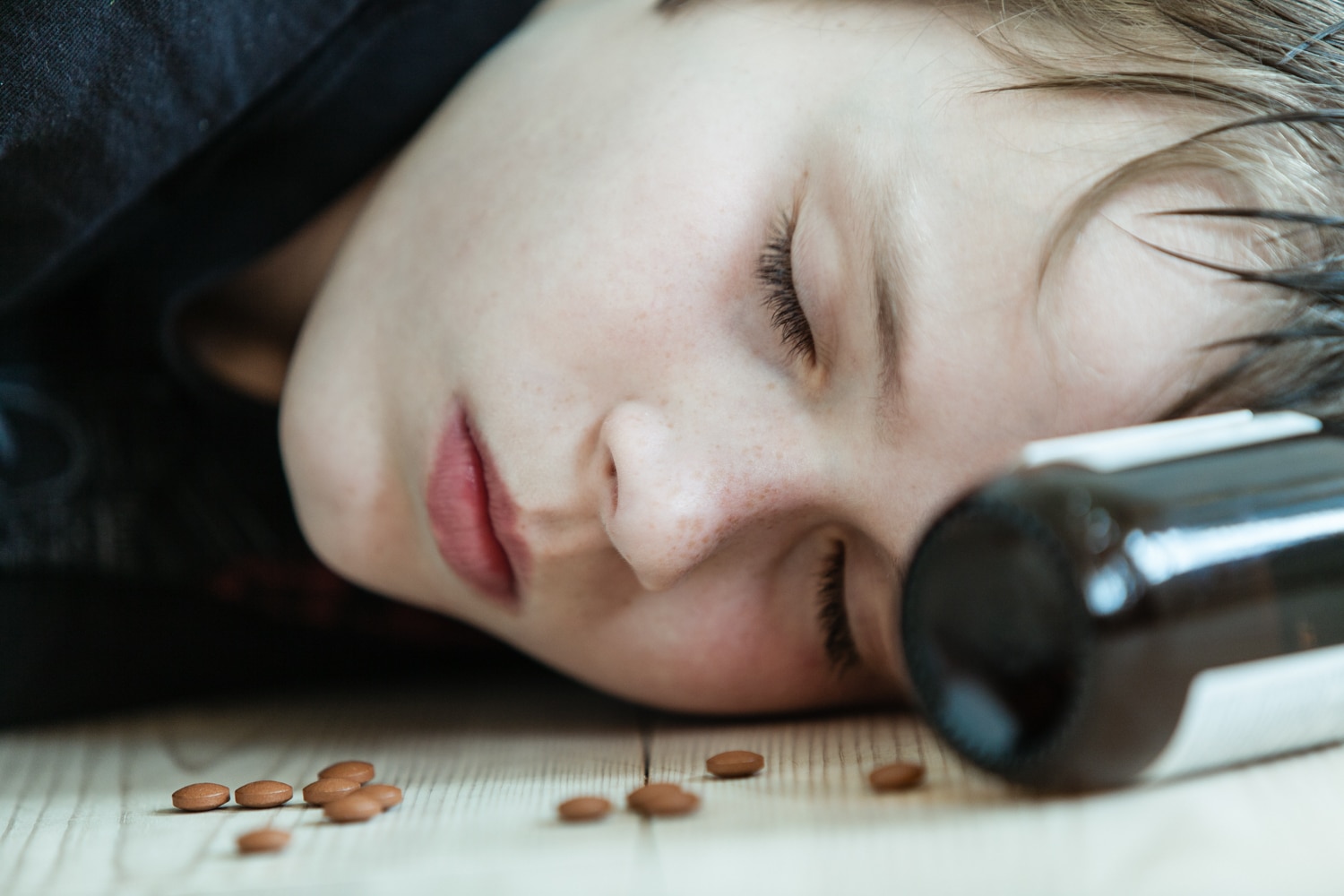
Tranq Challenge
This challenge consists of taking Clonazepam—a tranquilizing prescription drug used to treat seizures, panic attacks, and anxiety—and trying to stay awake. Drowsiness is a common side effect of Clonazepam.
The Problem:
- Consuming pharmaceuticals without a prescription is not only dangerous, it’s also illegal.
- The list of possible side effects of Clonazepam includes mental, respiratory, and central nervous system changes.[8]
- Symptoms of overdose include loss of consciousness and mental changes.
- 15 kids were recently hospitalized after participating in the challenge.[7]

Dragon Breath
Food dipped in liquid nitrogen—particularly cereal—is consumed to create an effect similar to a dragon’s breath, with vapor coming out of the person’s mouth and nose.
The Problem:
- At -320 degrees Fahrenheit, liquid nitrogen is extremely cold and can cause burns or even frostbite when coming into contact with skin.
- Internal organs can be damaged by liquid nitrogen.
- Inhaling the vapor can cause breathing difficulties, especially in those with asthma.
- Recently, over 20 kids were harmed by this threat.

The Ick Challenge
Participants record themselves saying things that are turn offs or annoyances in their own relationships—known as the ick—in front of their partner or friend. Some parents have gone as far as listing their grievances about their young children in front of the child, such as “It icks me that you’re so messy” and “I’m icked that I have to pay so much money for your activities.”
The Problem:
- Most are funny and light-hearted, but others can affect someone’s self-esteem and cause hurt feelings.
- Some relationships have been harmed as a result.
- Pointing out negative attributes can incite bullying.
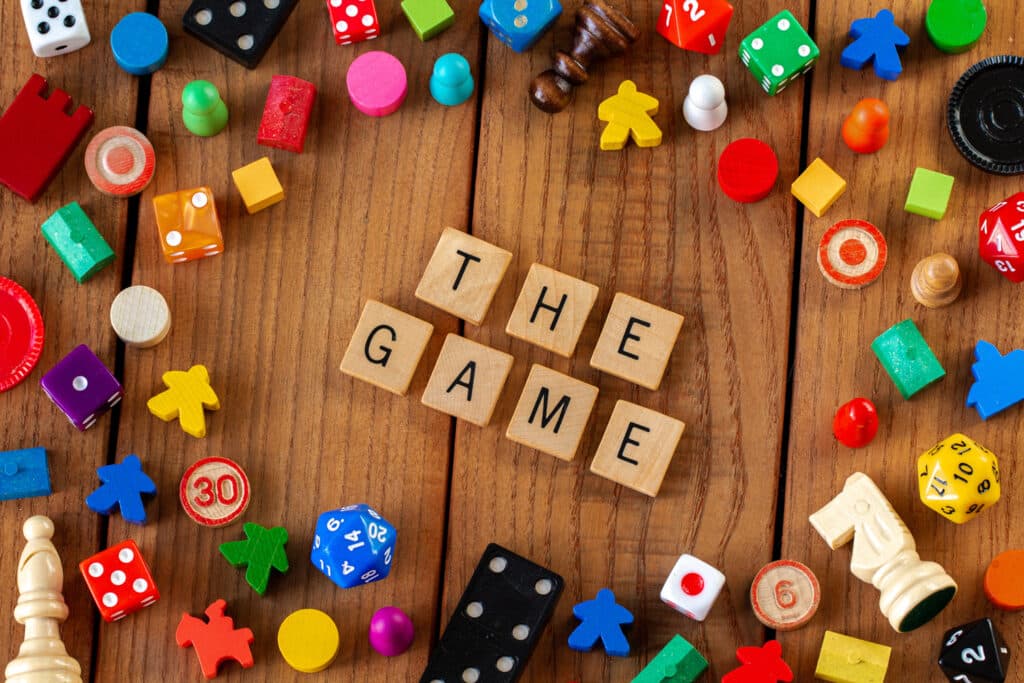
The Game
Also known as the Blue Whale Challenge, this trend manipulates kids into performing increasingly more dangerous tasks over the course of fifty days. What starts off harmless, such as listening to a certain song, escalates into more dangerous tasks, such as carving a whale into your arm, with suicide as the final task. Players are chosen by an anonymous person and extorted with threats of disclosing highly personal information (doxing) or content being released online if they do not comply. [9]
The Problem:
- Many of the tasks include self-harm..
- Some challenges restrict participants to be 10-15-years-old.
- Points are earned for bullying.
- The way to “win” the game is to commit suicide.
The Benadryl Challenge
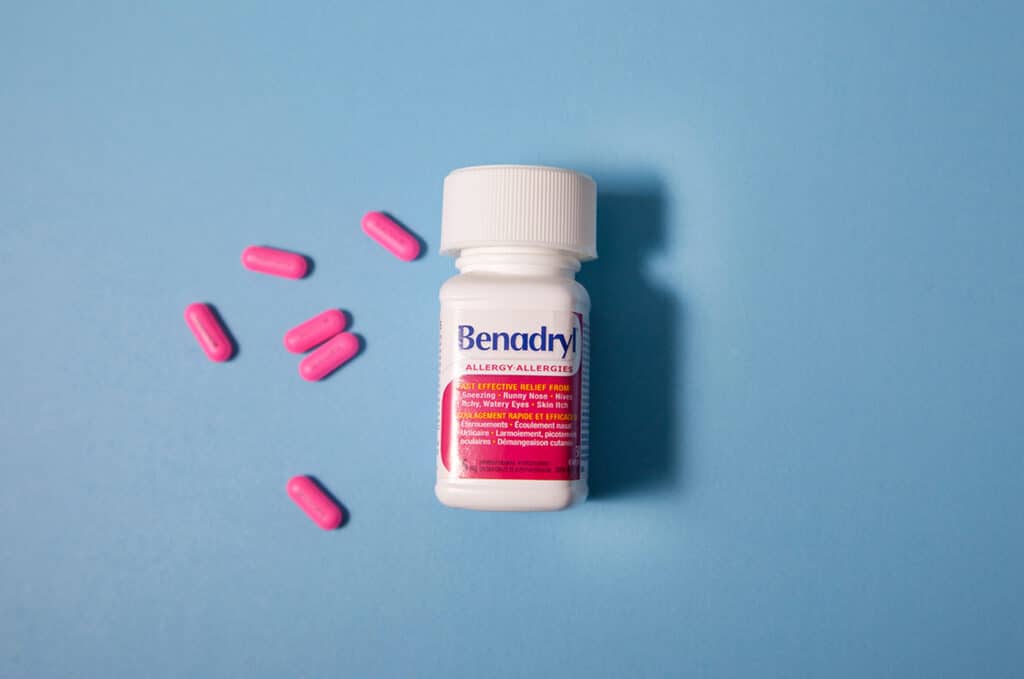
The challenge involves taking a large dose of Benadryl, an antihistamine commonly used to treat allergies, and posting videos of any hallucinations you experience.
The Problem:
- Hallucinations are achieved, as well as drowsiness, blurred vision, increased heart rate and pressure, nausea, vomiting, and seizures.
- Participants have fallen into comas.
- Overdosing has led to deaths.
The Orbeez Challenge
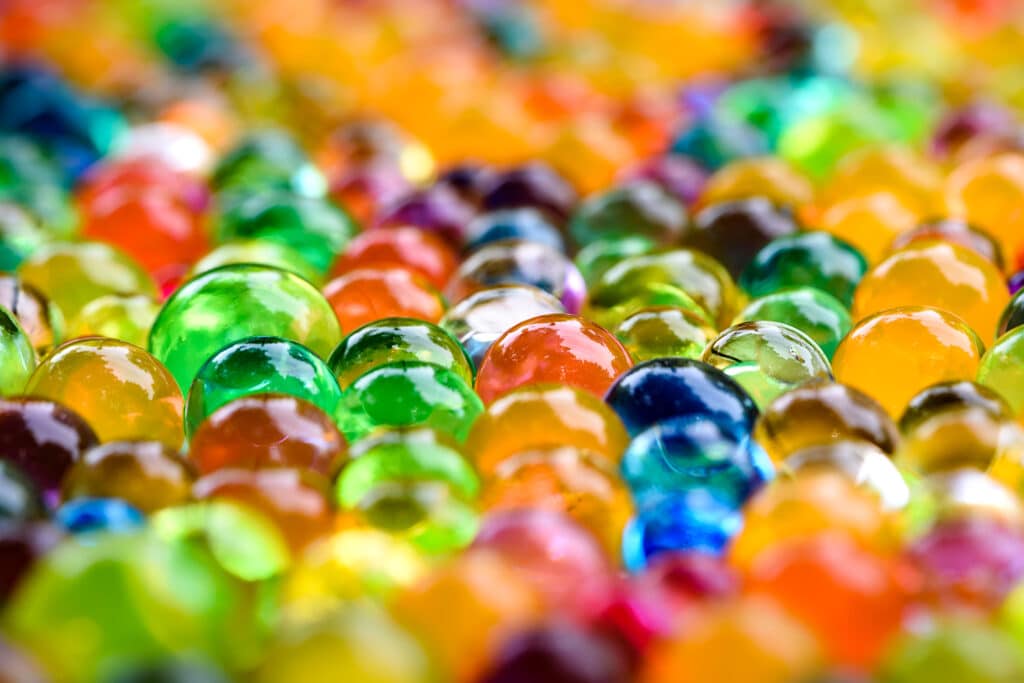
For this challenge, TikTok users load soft water beads (Orbeez) into airsoft guns and shoot them at innocent bystanders.
The Problem:
- Although the beads are soft and squishy, they can cause injury. Some users go as far as freezing the beads, which makes the impact even more painful.
- Airsoft guns can be mistaken for real guns and incite panic.
- Arrests have been made all across the country, with many authorities seeking charges of felony assault.
- Frantic victims have defended themselves during what they believed was an active shooter incident, and deaths have occurred.
The Kia Challenge

How do you participate in the Kia Challenge? It’s simple enough: start a Kia or Hyundai brand car using a USB cable in the ignition in place of keys.
The Problem:
- Cars are being vandalized.
- Stolen cars are on the rise across the country. The challenge is believed to have originated in Milwaukee, where Kias and Hyundais account for 66% of all stolen vehicles.[6] Kia and Hyundai are both owned by the same Korean parent company and have many similarities.
- Most states consider auto theft a felony, punishable by prison time and hefty fines.
- Multiple teenagers have been arrested and prosecuted in the past few months.
The Door Kick Challenge

This viral TikTok trend calls on users to kick someone’s door to the beat of Ke$ha’s “Die Young” song.
The Problem:
- Property damage has been reported.
- Property owners have mistaken the prank for a break-in attempt, and arrests have been made.
- There’s the possibility of a person attacking the prankster in fear of a real threat.
The Science Behind Risky Behavior
Areas of the human brain mature at different rates.
The amygdala, a part of the brain believed to play a role in risk-taking and aggressive behavior, seems to mature in preadolescence. [2]
On the other hand, the prefrontal cortex, which is responsible for planning and analyzing the consequences of our actions, does not mature until age 24. [1]
Teenage brains are wired much differently than ours. They are attention- and reward-seeking, and they’re impulsive by nature.
—Jeremiah Dickerson, Child Psychiatrist at UVM Children’s Hospital
Simply put, young brains are not always able to consider possible outcomes and consequences.
Who’s at Risk?
Any child is at risk of joining these challenges and putting themselves in harm’s way. While all teens are susceptible to accepting a dare out of curiosity, research shows that those with depression or other mental illnesses are at a higher risk.
Teens tend to make rash decisions due to groupthink.
The FBI found that adolescents are more likely than adults to commit crimes in groups due to social pressure and seeking acceptance from their peers. Those who participate in risky behaviors do so because either they believe or know their friends are participating too. [5]
How to Search TikTok Videos
TikTok has a Discover page that parents can use to explore the wide variety of content in the TikTok community.
The Discover page is found by clicking “Discover” at the bottom of the screen.
Users can then use the search bar at the top to find “specific content or explore trending videos, hashtags, creators, and sponsored content located below.” [8]
What’s TikTok Doing to Keep Our Kids Safe?
After lawsuits and backlash, TikTok has taken some measures to protect against potentially dangerous challenges. While searching for any of the above challenges on the platform today won’t show results, these videos still exist on YouTube and search engines.
When searching for a dangerous challenge, users are quickly met with a link to TikTok’s steps to stay safe. These steps encourage users to Stop, Think, Decide, and then Act before accepting a challenge.
Acting on dangerous challenges means not sharing it with others, not liking it, and reporting it to TikTok as inappropriate right away.
Although these steps can be helpful, they are not enough.
Many lives have already been lost or forever changed by senseless challenges. Although new challenges pop up daily, TikTok relies on users to report them as inappropriate before taking action.
In other words, TikTok feels comfortable allowing users, 1/3 of which are children, to safeguard viewers’ experience.
What Can Parents Do?
Talk. Simple and short conversations provide kids with time to begin processing before they are faced with a choice.
Conversation Starters
- Have you heard about the TikTok challenge where kids dare each other to eat Tide Pods? What do you think could happen?
- Why is overdosing on medications dangerous?
- Is it okay to break the law if a TikTok challenge requires it? Why or why not?
Even if our children don’t have access to TikTok, they will likely hear about it at school or from friends. Discussing and guiding our children through the dangers and possible outcomes of these challenges will teach them to think for themselves before they accept a challenge.
To learn how to protect kids in the digital age and stay caught up on the latest expert advice, sign up for our email updates. You can also find more articles about empowering your family at Gabb Family Resources.

